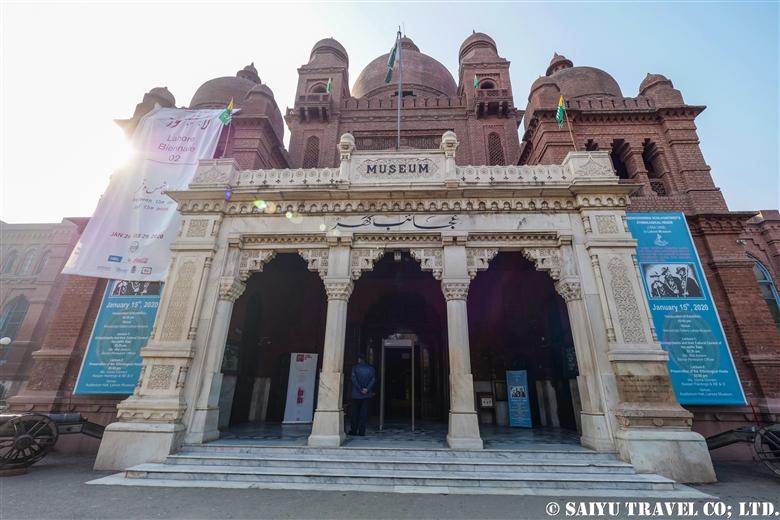
Dating back since 1865, the Lahore Museum has a very long history. Opened in its current position in 1894, it is arguably the best museum in Pakistan, with its architecture and exhibition methods.
Built during the British Indian Empire, this is an “Indo-Saracenic architecture” building with elements of the Victorian’s Gothic Revival architecture and mixed with the traditional Indian architecture, was created by Lahore architect Sir Ganga Ram.
When you hear the term “Indo-Saracenic architecture” it might bring to mind the famous Chhatrapati Shivaji Terminus Station (formerly Victoria Station) in Mumbai, India, but you can also see similar buildings in old towns across Pakistan.
In 1875-1893, during the period of the British Indian Empire, the father of the writer Rudyard Kipling, most famous for his “The Jungle Book”, served as the director of the Lahore Museum. Later Lahore was featured in Kipling’s work, “Kim” which describes life during that time.
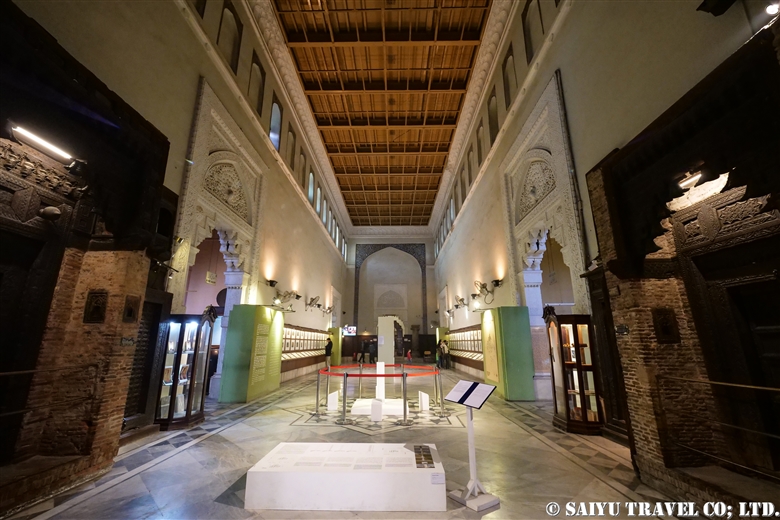
This is the entrance to the Lahore Museum. It starts with an exhibition of wooden carved doors from the Swart Valley.
This museum has galleries for each significant period of history of Pakistan, and features a wide variety of exhibits such as the Indus Valley Civilization (which may have ended now), Gandhara art, Mughal dynasty, the British Indian Empire era and more.
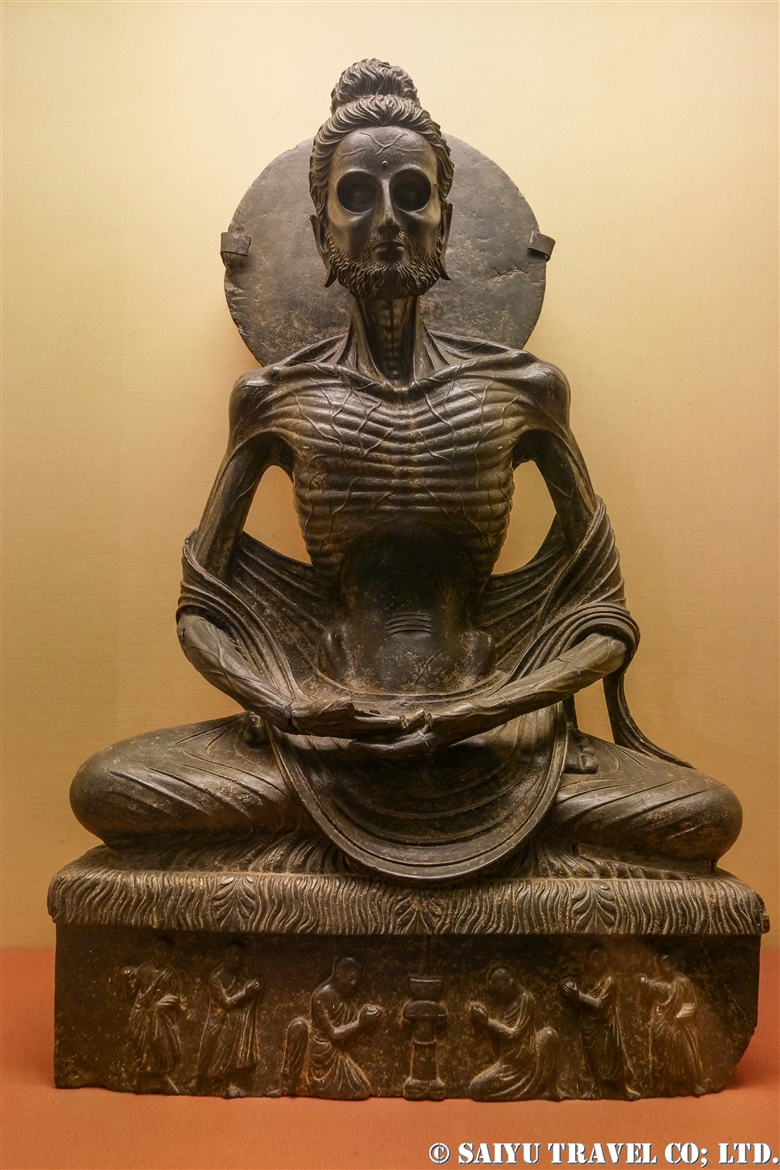
This museum is home to a world-renowned treasure of Pakistan: “The Fasting Siddhartha” It is a work from the 2nd to 3rd centuries, excavated from the ruins of a monastery in Sikri (Khaībar Pakhtūnkhwā).
“Siddhartha traveled around the country after he left home, seeking the way, by the end he had spent six years of ascetic fasting in the forest. He lost weight, but he couldn’t get enlightened through this practice. ”
From the depressed eyes to an emaciated body where the blood vessels and supporting bones are visible. The statue expresses the divine spiritual power that has gone through rigorous training, this image is said to be the essence of Gandhara art.
“The Fasting Buddha” is also exhibited at the Peshawar Museum in addition to being shown at the Lahore Museum.
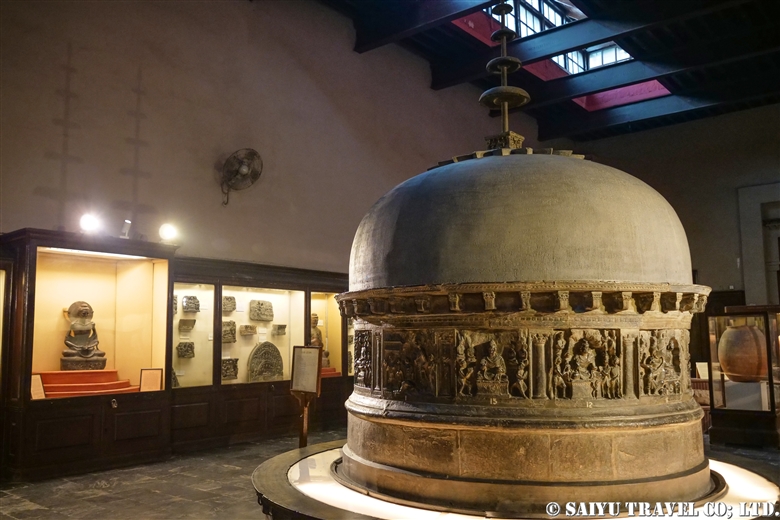
A stone stupa excavated from the same site at the Sikri ruins is on display near the Fasting Buddha statue.
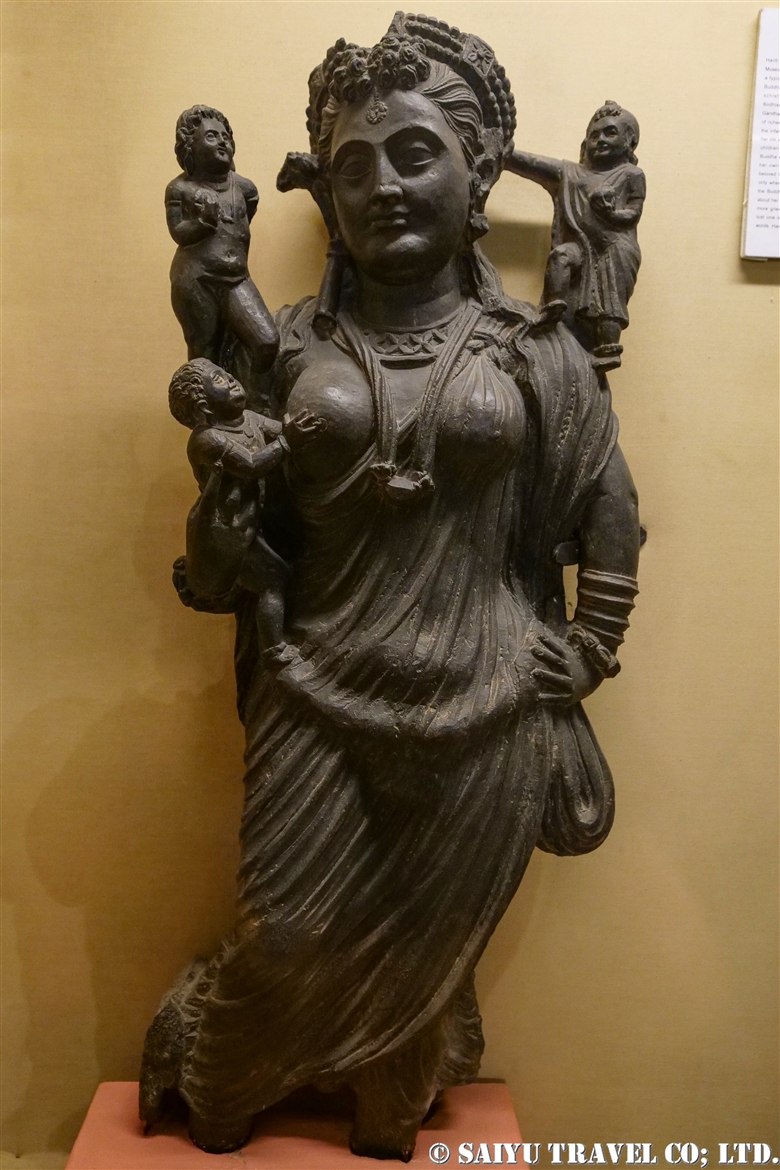
This is a statue of Hārītī (Hariti), protector of childeren. This was also excavated from Sikri.
Hārītī was known as a cannibal demon that kidnaps children. After learning from the Buddha, the feeling of loss by the parents who suffered from the death of their children, she became a “guardian deity of children” as she began to love both her own children and others. In addition, Hārītī was said to have about 500 or 1,000 children, so she is also called the “guardian of safe delivery.” She has pomegranate flowers adorning her hair, which is also a symbol of “fertility.”
Doesn’t this Hārītī have the look of a Greek goddess, like the goddess of fate, Tȳchē? It is a work that expresses the fusion of Eastern and Western civilization and art in Gandhara, where Greek gods appeared in Buddhist art.
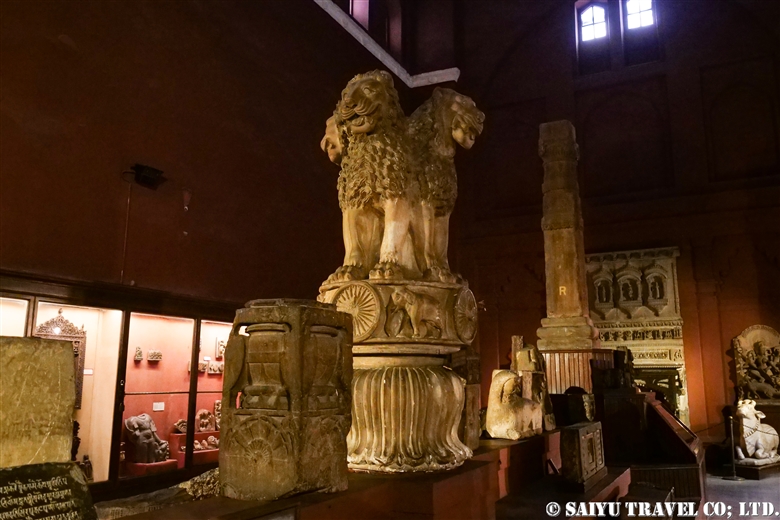
And this is part of the Indian Gallery.
When you visit on a tour, you will spend almost all the time at the Gandhara Gallery (mainly with “The Fasting Buddha” statue when it’s a busy period), and you won’t have much time to see the other galleries, but this museum has many attractions such as miniature art from the Mughal Empire.
Photo & text: Mariko SAWADA
(Photos are from a trip in Oct 2019 – Feb 2020)
Location: Lahore Museum, Lahore, Punjab
Tag : Unesco World Heritage Pakistan , Gandhata , Pakistan Travel company , Museum of Pakistan , Lahore Museum , Pakistan Blog , Pakistan Photography Tour , Gandhara Art , Pakistan Travel Blog , Fasting Buddha , Indus Caravan , Pakistan Heritage Tour , The Fasting Buddha Lahore Museum , Fasting Siddhartha , Saiyu Travel , Gandhara tour , Saiyu Travel Pakistan , Taxila , pakistan buddhist ruins , pakistan buddhist tour






